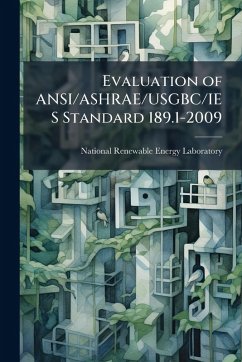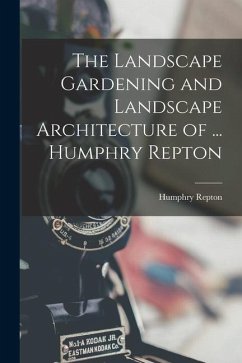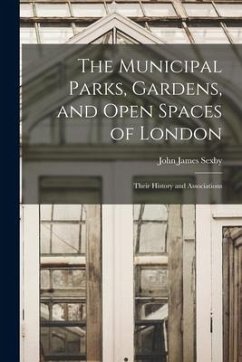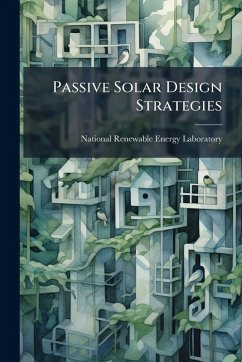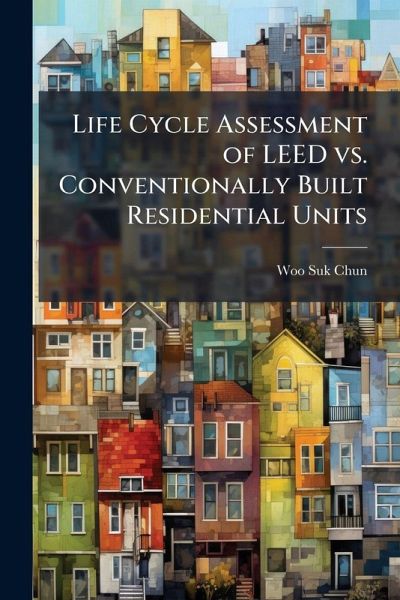
Life Cycle Assessment of LEED vs. Conventionally Built Residential Units
Versandkostenfrei!
Versandfertig in über 4 Wochen
14,99 €
inkl. MwSt.
Weitere Ausgaben:

PAYBACK Punkte
7 °P sammeln!
The United States Air Force constructed 1,028 energy efficient homes at Biloxi, MS. To analyze and compare these energy efficient homes to conventionally built homes, this study employed a hybrid LCA and energy simulation. These energy efficient homes have a 16% less environmental impact, consume 15% less energy, and save 2% in total life cycle cost while incurring a 1% cost increase in project construction compared to conventional homes. The simple payback period of the project to payback this initial 1% construction cost increase is 10 years. The most effective energy efficient measure imple...
The United States Air Force constructed 1,028 energy efficient homes at Biloxi, MS. To analyze and compare these energy efficient homes to conventionally built homes, this study employed a hybrid LCA and energy simulation. These energy efficient homes have a 16% less environmental impact, consume 15% less energy, and save 2% in total life cycle cost while incurring a 1% cost increase in project construction compared to conventional homes. The simple payback period of the project to payback this initial 1% construction cost increase is 10 years. The most effective energy efficient measure implemented was increasing the air conditioning seasonal energy efficiency rating (SEER) while the least effective measure was increasing roof insulation R-value. Lastly, energy simulation results from the schematic design phase were statistically different compared to energy simulation results from the detailed design phase. By comparing the results of energy simulations from both design phases, simulation results from the detailed design phase were more accurate. The recommendation for a design team is to hold off on performing energy simulation until determining which energy efficiency measures to implement as permitted by the project timeline, cost, and other factors influencing the project. This work has been selected by scholars as being culturally important, and is part of the knowledge base of civilization as we know it. This work was reproduced from the original artifact, and remains as true to the original work as possible. Therefore, you will see the original copyright references, library stamps (as most of these works have been housed in our most important libraries around the world), and other notations in the work. This work is in the public domain in the United States of America, and possibly other nations. Within the United States, you may freely copy and distribute this work, as no entity (individual or corporate) has a copyright on the body of the work. As a reproduction of a historical artifact, this work may contain missing or blurred pages, poor pictures, errant marks, etc. Scholars believe, and we concur, that this work is important enough to be preserved, reproduced, and made generally available to the public. We appreciate your support of the preservation process, and thank you for being an important part of keeping this knowledge alive and relevant.



